How can creative arts help children cope with eco-anxiety?
As the climate crisis deepens, do you feel hopeful or hopeless about the future? In Canada, a clinical psychology research team is using creative arts to help children cope with eco-anxiety. Dr Catherine Malboeuf-Hurtubise, from Bishop’s University, and Terra Léger-Goodes, from the Université du Québec à Montréal, are providing children with a safe space to explore their emotions through a creative outlet.
Talk like a clinical psychologist
Climate activism — taking action to increase awareness of the climate crisis and to reduce its impacts
Climate change — alterations in weather patterns (including global warming and more extreme weather events), driven by human activities
Climate crisis — climate change and its impacts on humanity and the planet
Eco-anxiety — the positive and negative emotions, thoughts and behaviours related to the climate crisis
How do you feel when you think about climate change? Scared about what is happening to the Earth? Angry at politicians who are not protecting the environment? Or inspired by climate activists who are fighting for our planet? Whether you feel hopeful or hopeless, all your emotions are valid responses to the climate crisis.
What is eco-anxiety?
“Eco-anxiety is more than a feeling of anxiety,” explains Terra Léger-Goodes, a clinical psychology student at the Université du Québec à Montréal. “It is a complex experience of emotions, thoughts and behaviours related to the climate crisis.” Not only do these include negative emotions, such as fear, anger, sadness and hopelessness, but also positive emotions, such as hope, gratitude and empowerment.
It is important to note that experiencing eco-anxiety is not a bad thing. It is a sign that you care for the environment. “Eco-anxiety is not a problem,” emphasises Dr Catherine Malboeuf-Hurtubise, a clinical psychologist at Bishop’s University. “It is a normal response to a truly difficult reality.” However, if eco-anxiety becomes overwhelming, it can have negative impacts on your well-being.
Young people are particularly aware of the climate crisis. Climate change has become a hot topic in recent years as its impacts are increasingly apparent, and, thanks to social media, young people today are well-informed on global events. Youth-led climate activism is pressuring older generations to adopt more environmentally friendly behaviours, as young people fight for their future, as well as that of the planet. However, while a lot of attention has been paid to the effects of eco-anxiety on teenagers, less has been focused on younger children.
Catherine and Terra’s art intervention
Catherine, Terra and their research team have developed an art intervention to help young children cope with eco-anxiety. Their aim is not to reduce eco-anxiety, but to help children understand their emotions about the climate crisis. They lead art workshops in primary schools, based on different topics related to the environment, then use the artwork and artmaking process to initiate philosophical discussions about eco-anxiety.
“The aim of the art intervention is not to make something aesthetically beautiful, but to engage in the creative process,” explains Terra. “And the aim of the discussions is not to arrive at a right answer, but to explore the complexity of these issues, acknowledge how we feel about them and understand different perspectives.”
The workshops use a range of different artforms, from painting and drawing to photography, sculpture and dance. For example, children are asked to draw the Earth in 50 years’ time, build a landscape from LEGOTM and take photos representing the beauty of nature. These activities then inspire discussions on themes such as whether change is exciting or frightening, how to protect the environment and what emotions children feel when they experience nature’s beauty. “We try not to direct the discussion, as we want the children to lead the exploration of their emotions,” says Catherine.
How can art and philosophy help children explore their emotions?
Catherine and Terra study clinical psychology, so why have they turned to art and philosophy to help children address eco-anxiety? “Art and philosophy give children the tools to explore, name and express their emotions,” explains Terra. Art provides a non-threatening way for children to approach difficult emotions and allows them to visually express feelings they may struggle to put into words. As such, art creates a safe space for children to explore their reactions to the climate crisis. “Philosophical enquiry then encourages children to question the work they have created,” explains Catherine.
How do children respond to the art intervention?
Catherine and Terra have run their art intervention in several primary schools, where it has been well received by children and teachers alike. The variety of activities means there is something for everyone. “Some children prefer painting and drawing, while others prefer photography or LEGOTM building,” says Catherine. “By introducing different forms of art, we expose children to new experiences and allow them to non-verbally express themselves in the way most comfortable to them.”
In one class of nine-year-olds, the children most enjoyed using the cameras Catherine and Terra lent them to take photos of nature. “They were enthused to show their photos to their classmates and reacted with joy to seeing the photos their classmates had taken,” says Catherine. “These photos then sparked profound discussions about climate change.”
The aim is for children to use the artmaking process to explore their feelings of eco-anxiety. “It can take a while for children to reduce their expectations of producing a ‘perfect’ piece of artwork,” says Terra. “But, once they do, they immerse themselves in the creative process and produce artworks that are usually very rich in colours and symbolic meaning.” This also means Catherine and Terra do not give strict instructions for how to create a piece of art, as each artwork should be guided and inspired by the child’s own experiences and emotions. For example, when asked to draw the Earth in 50 years’ time, some children will draw the whole planet while others will draw a specific landscape. Some will spontaneously draw the deterioration of the Earth, while others imagine more hopeful futures. “This makes for very rich discussions,” says Catherine. “We ask children to share what they have drawn, and why, which then leads to philosophical discussions about what it means for the Earth to change.”
As the climate crisis continues, Catherine and Terra hope that creative arts will help children to identify, acknowledge and understand the often-difficult emotions they feel and inspire them to fight for a brighter future.
Dr Catherine Malboeuf-Hurtubise
Department of Psychology, Bishop’s University, Canada
Terra Léger-Goodes
Department of Psychology, Université du Québec à Montréal, Canada
Field of research: Clinical psychology
Research project: Investigating how creative arts can help children cope with eco-anxiety
Funders: Social Sciences and Humanities Research Council of Canada (SSHRC), Ministry of Education of Quebec
Reference
https://doi.org/10.33424/FUTURUM473
About clinical psychology
Clinical psychologists provide mental healthcare to anyone who may need it. For example, they may help people dealing with stress, anxiety or depression, counsel couples having relationship difficulties, support grieving people who have lost a loved one, or help people process the effects of a traumatic experience.
“Clinical psychologists have the privilege of exploring emotions with their clients, contributing to other people’s well-being,” says Terra. By staying up to date on psychology research and best clinical practice, clinical psychologists offer the best possible care that is adapted to each individual person and situation.
Catherine specialises in children’s clinical psychology. “I have a variety of roles, from performing assessments on children who may have learning difficulties, to providing parents with coaching on how to support their children to flourish,” she says. Whatever clinical psychology path you choose to follow, you will have a rewarding career helping others improve their mental health and well-being.
Pathway from school to clinical psychology
At school, study psychology if it is offered. Biology, maths and your country’s native language may be requirements for studying psychology at university, so check university entry requirements.
To become a clinical psychologist in Canada, you will need to complete an undergraduate degree in psychology, followed by a graduate degree in clinical psychology (either a research-focused PhD or clinical-focused PsyD). “It’s worth mentioning that clinical psychology graduate programmes are highly competitive,” warns Catherine. Learn more about how to become a clinical psychologist from the Canadian Psychological Association: cpa.ca/students/career/becomingapsychologist
Different countries will have different requirements for working as a clinical psychologist, so check what qualifications you will need in the country you hope to work in. You will probably need to complete a psychology degree that is accredited by the country’s psychology body, followed by clinical training.
If you do not want to attend university, some countries offer apprenticeships that will allow you to train on the job, such as the UK’s clinical associate in psychology programme: findapprenticeshiptraining.apprenticeships.education.gov.uk/courses/591
Explore careers in clinical psychology
“Talk to clinical psychologists and psychology professors to learn more about what a career in psychology involves,” advises Terra, who also recommends reading widely to discover which aspects of psychology most interest you.
Clinical psychologists must be able to listen to other people and tune into their emotions. “If you are a sensitive person who empathises with other people’s feelings, a career in clinical psychology is very rewarding as you can help other people and make the world a better place,” says Catherine.
Read psychology articles written by Scientific American to explore just how broad the field is: www.scientificamerican.com/psychology
Find out more about careers in psychology from the Canadian Psychological Association (cpa.ca/careers/career-hub), the Australian Psychological Society (psychology.org.au/psychology/careers-and-studying-psychology), the British Psychological Society (www.bps.org.uk/find-your-career-psychology) and the American Psychological Association (www.apa.org/education-career/guide).
Meet Catherine
As a child, I was sensitive to other people’s suffering and asked lots of existential questions about life and death. As a teenager, I used creative writing to help me express emotions that I didn’t feel comfortable voicing out loud.
It took me a long time to realise I wanted to be a psychologist – I wasn’t ready to commit to a career when I started university. I enjoyed maths, so I studied for a degree in economics and took history courses alongside that. After deciding I wanted to be a medical doctor, I realised I was more interested in psychological health than physical health.
Through my clinical work and research, my aim is to alleviate people’s suffering. I want to give children the space to ask existential questions, because adults often avoid talking to them about topics such as climate change and death.
I firmly believe that knowledge is power. So, to address my own eco-anxiety, I stay informed about climate change and acknowledge all the emotions (predominantly anxiety) I feel about it. As a mother, I work hard to stay hopeful for my children. I don’t allow myself the possibility of giving up because I’m working towards building their future.
Meet Terra
When I was younger, I wanted to be an actress. I enjoyed all types of art – including theatre, improvisation and dance, and I also liked painting, drawing, sewing and knitting (and still do).
My interest in clinical psychology began in my early teens when I was involved in various theatrical plays. As I learnt to embody different characters, and to think, feel and act as someone else, I started asking questions about personality, ‘normality’, mental health and well-being. I took psychology classes in college, which answered some of these questions, but I had many more. I am now studying for a PhD in psychology because there are still so many questions left to answer!
I am always very grateful when children share their experiences with me and talk about their emotions through art. I believe it’s important to tell children that they are not alone with these emotions and that this is a normal and valid emotional response to their experiences. It is very gratifying to simply hear them say that this makes them feel better.
I have learnt to become attuned to my feelings, and not push them down. For example, when I feel angry, biking in a city full of cars, I look for other cyclists and feel grateful they’ve made the choice not to drive. But I let that anger exist, because it fuels the fire to keep me acting in my community. I also cope with eco-anxiety by talking to people who listen to my worries, and I paint, write in a journal and dance to explore what I am feeling.
Catherine and Terra’s top tips for coping with eco-anxiety
1. Take time to identify your emotions about the climate crisis. Acknowledging what you and the world are going through is the first step in building a better future.
2. It can be hard growing up with an awareness of the climate crisis, but know that you are not alone experiencing the emotions you are feeling.
3. Share your feelings with someone you trust – friends, family, a teacher or a professional psychologist.
4. Engage in artmaking as a way to explore your emotions.
Do you have a question for Catherine or Terra?
Write it in the comments box below and Catherine or Terra will get back to you. (Remember, researchers are very busy people, so you may have to wait a few days.)
While you can use art to explore your climate emotions, how are these emotions portrayed in the art you create? Learn how art can convey emotions:
www.futurumcareers.com/are-there-rules-for-conveying-emotion-through-art

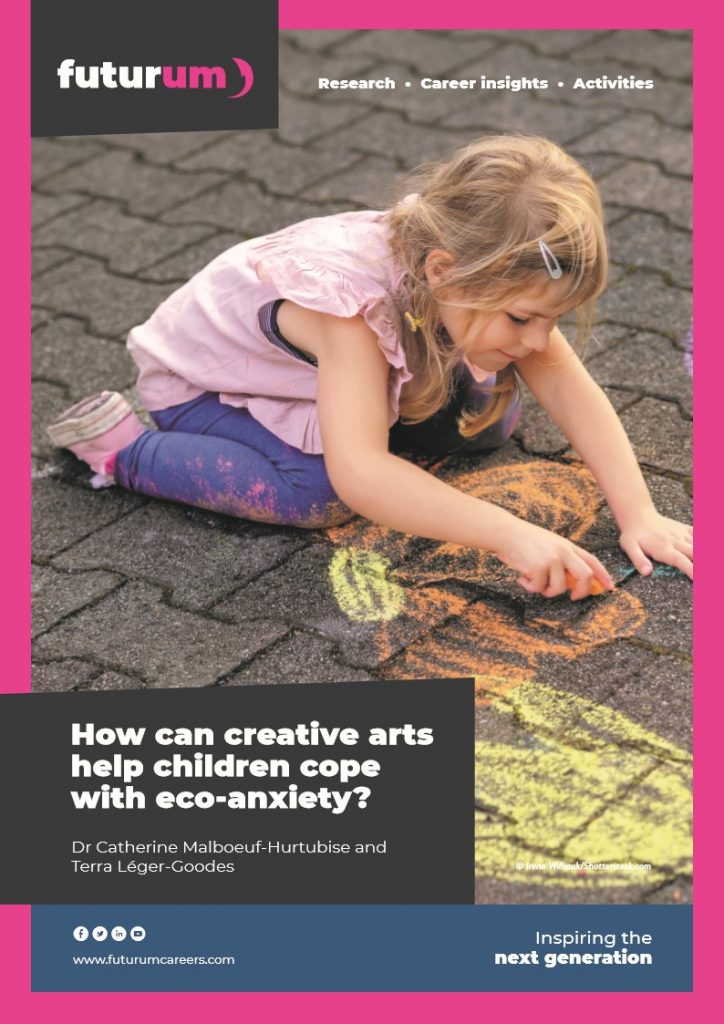
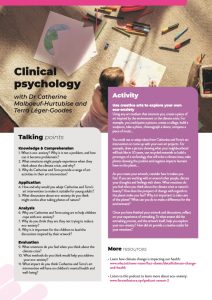
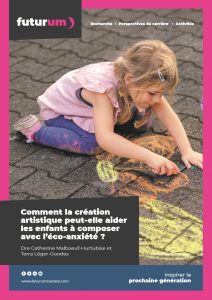

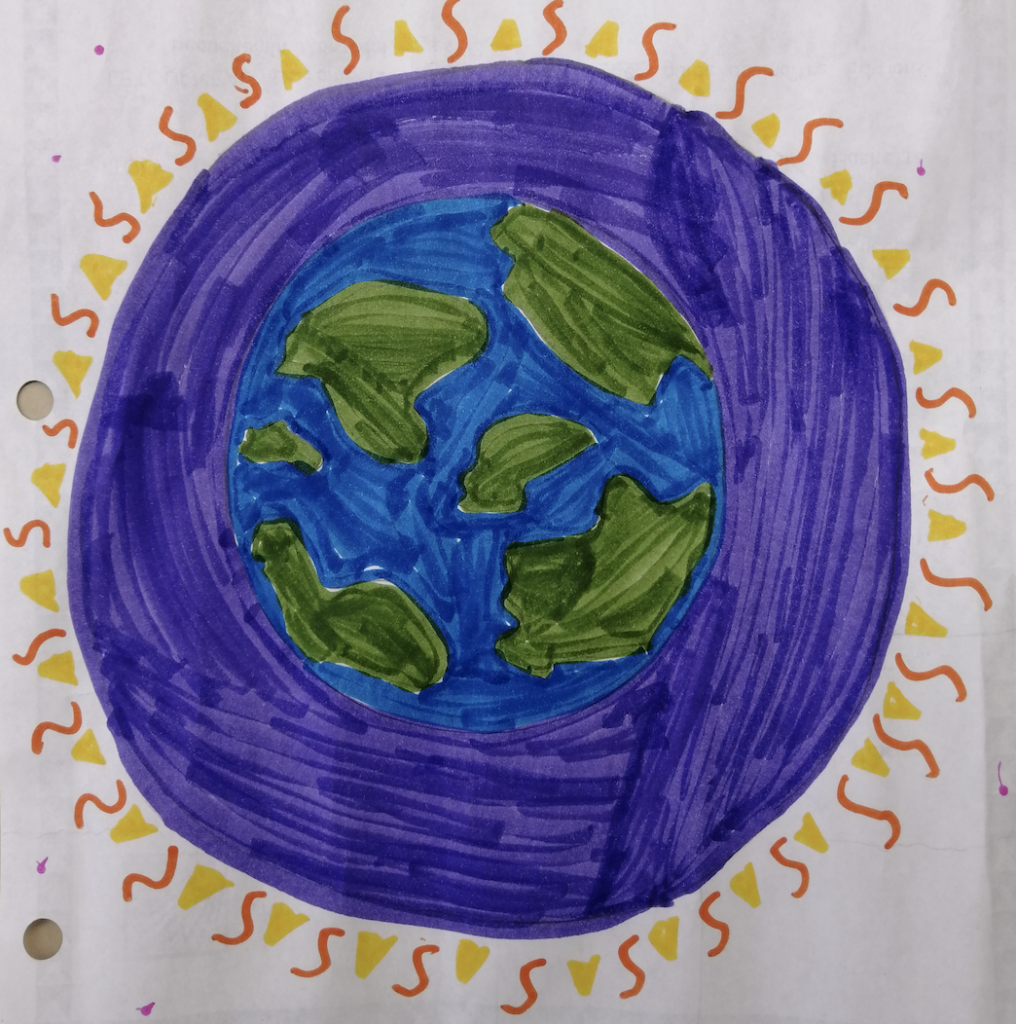
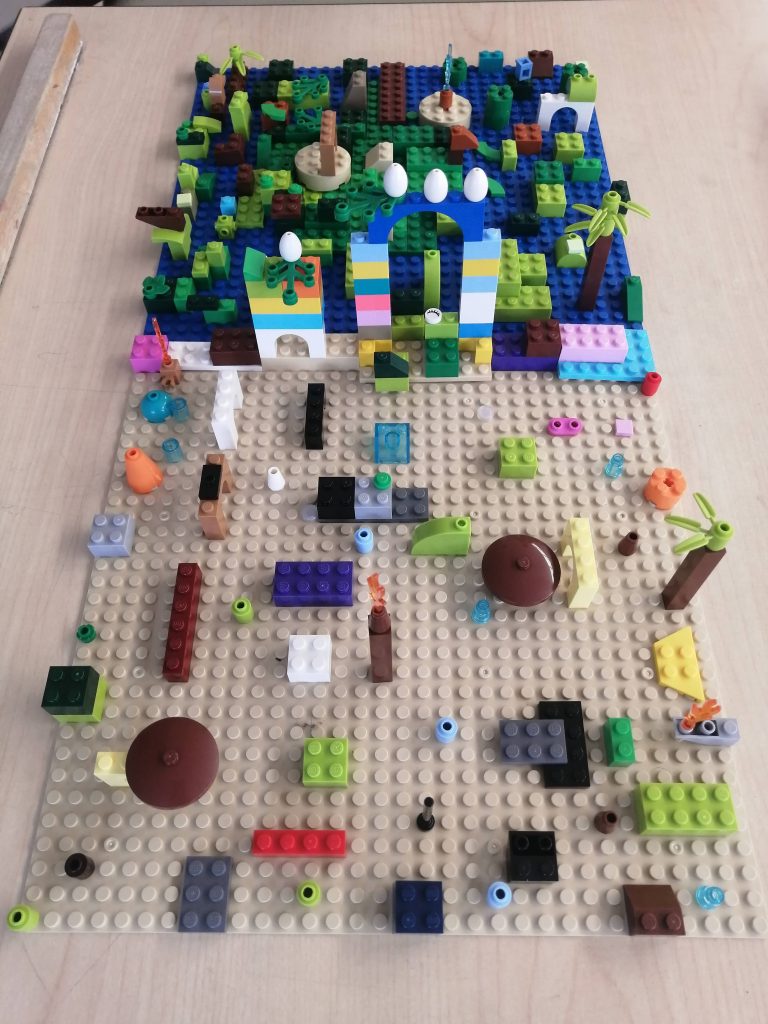
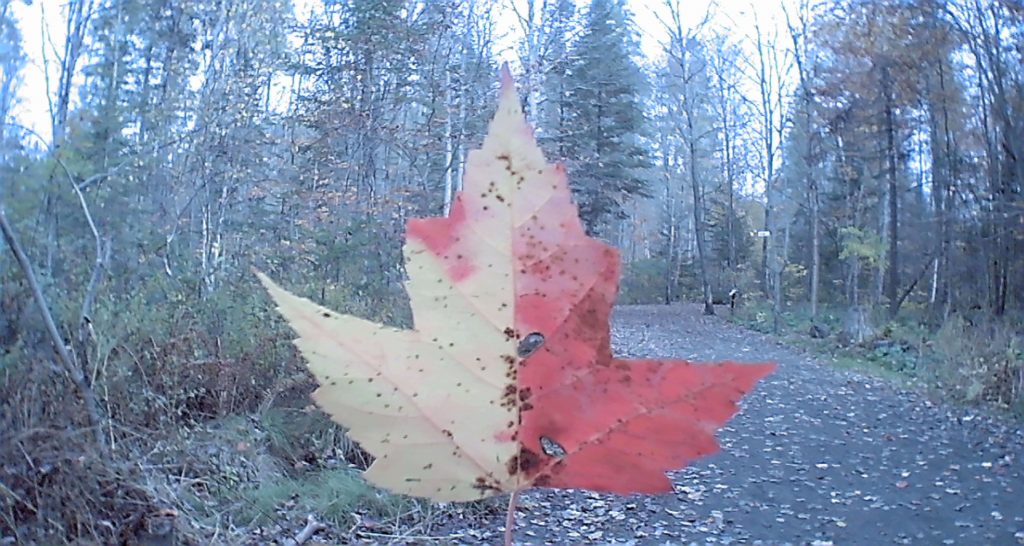

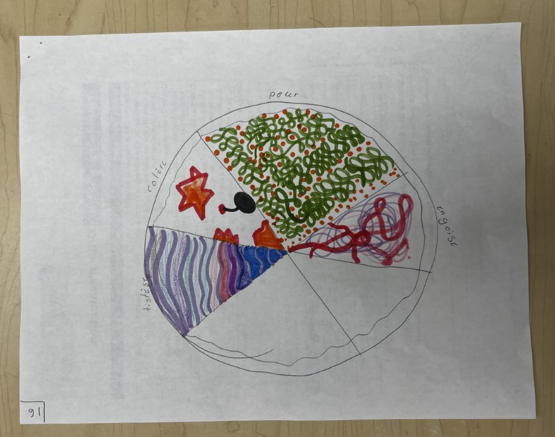




0 Comments